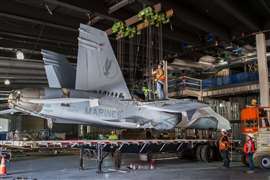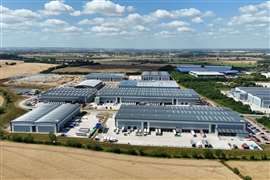EIS for US$ 4 billion high-speed rail link
30 April 2009

Plans for a US$ 4 billion, privately funded, high-speed rail link between Southern Nevada and California moved a step closer after a draft Environmental Impact Statement (EIS) was signed by the Federal Railroad Administration this week.
The project, which is being developed by DesertXpress Enterprises, will connect Las Vegas to Southern California and could break ground by early next year, according to Tony Marnell, chairman and CEO of Marnell Consulting, one of the investors in the scheme.
This first phase to Victorville will be designed to allow DesertXpress to extend its service to the voter approved California High Speed Rail System link to Palmdale, which is situated approximately 50 miles (80.5 km) from the Victorville station.
In a statement, DesertXpress said that, "By designing the system to share existing transportation corridors, primarily Interstate 15, it avoids environmental and community impacts in the highly travelled corridor between Nevada and Southern California."
According to Tom Stone, president of DesertXpress Enterprises, during the construction phase, DesertXpress could create between 1700 and 3000 jobs. Ultimately the rail system could create between 500 and 700 permanent jobs.
Initially, there would be 16 trains, each with nine cars that hold a total of 675 passengers. A tenth car would be for entertainment. Operating at speeds of up to 150 mph (240 km/hour) on tracks parallel to Interstate 15, DesertXpress trains will make the 180 mile (290 km) trip between Las Vegas and Victorville, California in an hour and 20 minutes.
According to the EIS, DesertXpress expects to carry over 10 million people per year by 2015 and over 16 million by 2030. Ultimately, the system will have a capacity of more than 60 million people per year.
Besides DesertXpress there are also plans for a "maglev" or magnetic levitation train. This would travel at 300 mph (480 km/hour) and go all the way to Anaheim.
The team behind the maglev hope to submit their environmental impact study to the federal government within the next 12 months, with approval similar to DesertXpress' within the next two years.
Project development work began with initial system planning in 2002. Subsequently, preliminary engineering and the federal EIS process began in 2006.
Construction is expected to start early in 2010, with the first test trains running on the line in 2013, followed by full service in 2014.




